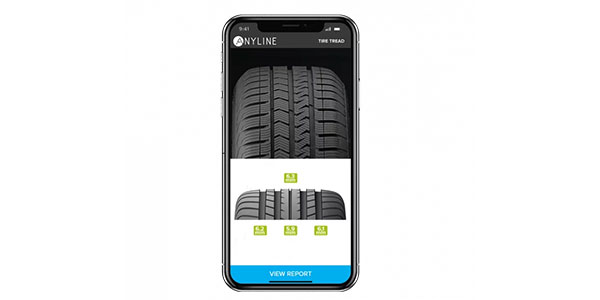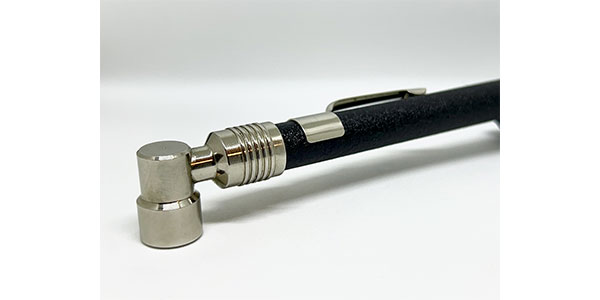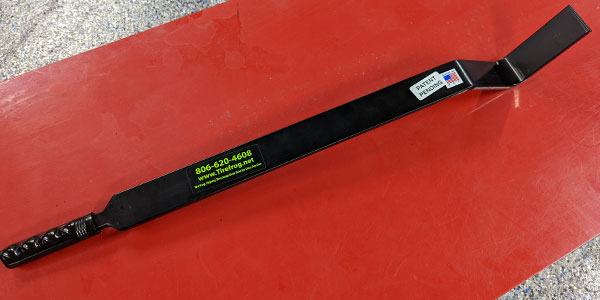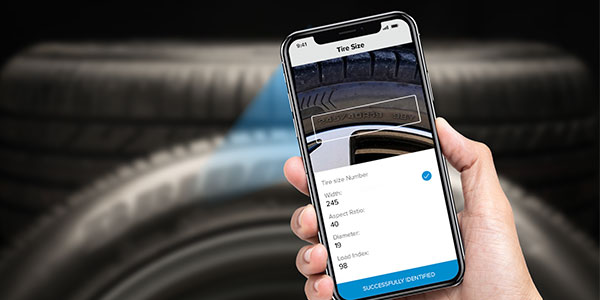by Denise Koeth
Managing Editor
TIRE REVIEW Magazine
It might have something to do with today’s “instant gratification” society, where shops don’t want to take the time to repair a tire, and customers don’t want to spend time sitting in the waiting room. In many cases, a temporary patch job or a replacement tire is the fast, easy solution.
Companies like Rema Tip Top are working to change that outlook, through proper training and making sure dealers understand the benefits of permanent tire repair, according to Joe Casebere, vice president of sales and marketing.
“Rema has seen a steady increase in the number of cabinet sales each year for the past four years,” he says, referring to the company’s complete repair kits that come in a metal storage cabinet and include all necessary parts for multiple tire repairs. “That means we’re converting someone from a bad habit to what we call a good habit.”
Selling Safety
Part of that conversion process depends on educating tire dealers of the many benefits of offering permanent tire repair, the most important being safety and peace of mind for customers.
“I can give a host of reasons that we deem as being important, but the main one is safety,” Casebere says. “I’m concerned about the safety of my family, as well as my own safety. I don’t understand why a business owner isn’t concerned about the safety of his customers.”
Because the average consumer knows very little when it comes to vehicle and tire repair, they place their trust in your shop’s employees to do what’s best. When it comes to repairing a punctured tire, “most consumers wouldn’t even know what to ask,” Casebere says. “They just ask for it to be fixed. Depending on the shop, they’ll either say they can’t, and offer a replacement tire, or say they can fix it; then you’re getting into the question of what method the shop will use. Most consumers have no clue about temporary vs. permanent tire repairs.”
In addition to offering customers the safest scenario, performing tire repairs at your shop gives you another source for profits.
“If you have an opportunity to generate an extra $25 to $30 profit for a wheel position in between the new sale and wearout, why would you walk away from that?” Casebere says, adding that many shops don’t take tire repair seriously when it comes to revenue opportunities. “If you do it properly and that customer leaves and never has another problem with that tire, chances are they’re going to come back to you when it’s time to purchase a new set. It almost guarantees you’re going to see that customer again.”
All too often, a dealer is focused on getting customers in and out the door quickly. “People just assume repair should be fast and easy, but there’s no fast and easy way to do things permanently and safely,” he notes.
Training
Rema Tip Top offers shops several ways to make sure technicians are following the proper procedures for tire repair. Included with each cabinet kit is Rema’s training CD, as well as a chart made by the Rubber Manufacturers Association that details the 10 steps required for proper, permanent tire repair.
“Dealers need to dedicate themselves to the required supervision and training within their facility,” Casebere says. “If you want it done consistently and properly every time, you have to make sure your employees know and are following the correct procedure.”
Despite including the instructions with all repair units, there are still instances where shops don’t follow the proper procedures.
“Unfortunately, there are people who don’t read them; they throw the instructions away,” Casebere says. “We give away thousands of CDs and hundreds of RMA charts each year for free, yet there is still someone who thinks they’re smarter or knows a shorter way to perform the process.”
An example of a commonly skipped step is the cleaning of the tire’s inner liner before any buffing is done. “This is an important step because there often is a clear film on a tire’s inner liner, from when a release agent was applied for the molding process,” he says. “That greatly affects the ability of a patch to adhere to the liner. People assume just because it looks clean, they don’t have to clean it because they want to save time. Don’t go based on looks – just assume that you have to clean that liner from contaminants.”
Rema’s training CD – which can be ordered free of charge at the company’s website, rematiptop.com – is bilingual and covers both single (a plug/patch combination) and two-piece repairs. Company representatives also visit shops to instruct techs on the proper procedures, either when a dealer initially enters into this market segment, or if there has been a high amount of turnover or new employees hired since the last training session, Casebere notes.
Rema’s most popular seller is its Mini-combi Repair, a combination patch/plug unit. “It makes the most sense because it does everything the RMA and the industry recommend, all with one product,” he says.
While there haven’t been any particularly noticeable changes over the past several years in the tire repair industry, companies like Rema have been constantly adjusting their compounding to make products more user-friendly and effective. “It’s similar to the constant changes in compounding with regard to tires,” Casebere says. “It’s something people don’t necessarily get excited about, but there have been many subtle changes over the last several years to improve our products.”
The following is a summary of the RMA’s guidelines for proper tire repair:
- External inspection: Prior to demounting, check tire surface and valve for the source of the leak, mark the injured area and deflate the tire. Remove the tire from the wheel.
- Internal inspection: Remove the pucturing object and probe the injury with a blunt awl to determine the extent and direction of the injury.
- Prepare inner liner surface: Clean the area around the puncture with an inner liner cleaner. This step removes dirt and lubricants that can reduce repair unit adhesion.
- Prepare injury channel: Using a drill with an appropriate size carbide cutter or other suitable tool, ream the puncture channel a minimum of three times. Begin from the inside, then repeat from the outside.
- Repair unit selection: Select the appropriate size repair unit and center the unit over the injury. Outline with crayon.
- Fill injury: Cement the puncture channel according to manufacturer’s reccomendations. Completely fill the injury from the inside with a rubber stem, then cut the material off just above the inside tire surface. (skip this step for a one-piece combination unit)
- Buffing: Buff the marked area thoroughly and evenly with a low speed buffer. Remove all rubber dust and clean the buffed area.
- Cementing: Apply chemical cement and allow it to dry according to manufacturer’s procedures.
- Repair unit application: Remove protective covering and install the two-piece unit so that it is centered over the injury, then stitch thoroughly with a stitching tool, working from the center out. For a one-piece unit, pull the stem through the injury until the unit slightly dimples, then stitch. Cut fill material flush with the outer tread surface.
- Final inspection: Inspect repairs and make sure there is no leakage after the tire is remounted and inflated.








